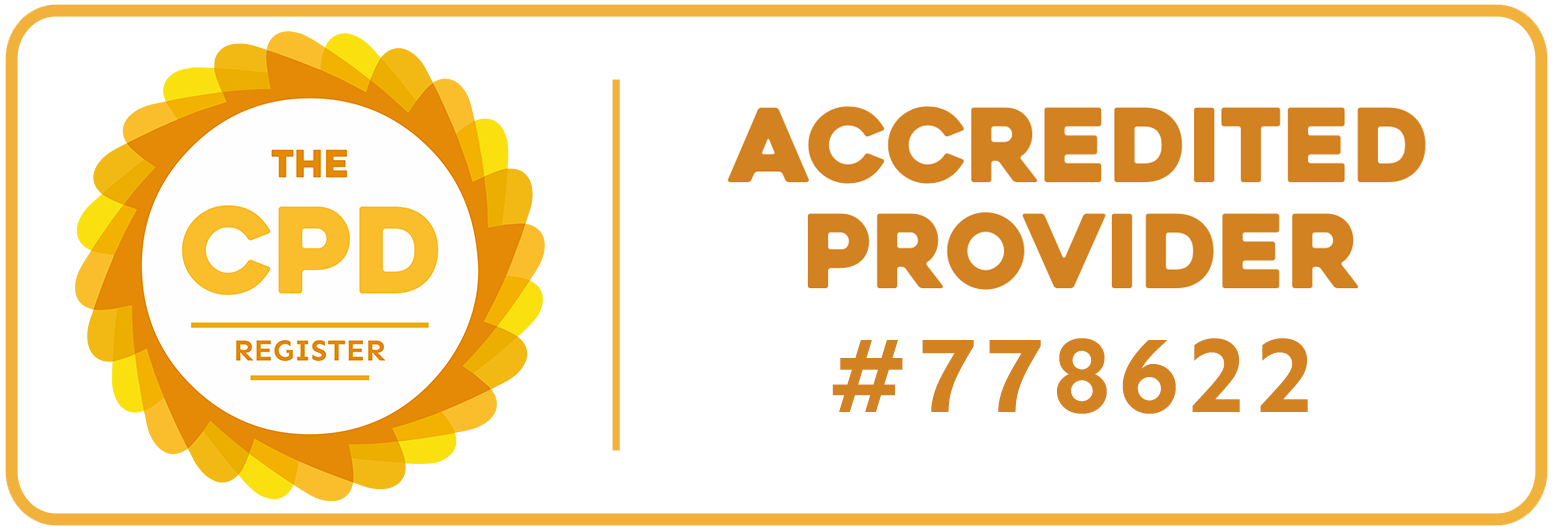EMPOWERING PARENTS OF CHILDREN AND TEENAGERS WITH MENTAL HEALTH PROBLEMS
- 08 November 2021
- Posted in: Healthcare
You may have seen a recent headline about a “tsunami of school-anxiety cases”. (Not to criticise BBC News, but I’m sure we could run a conference about media headlines and anxiety - that’s a whole other story.) I could quote statistics, but no doubt you’re all familiar with the fact that anxiety rates among children and young people, which were already on the rise, have skyrocketed, and even before the pandemic, mental health services couldn’t meet the demand.
Anxiety in children can be associated with problems at school, in social situations, and with physical health issues. It also increases the chance of other problems such as depression and substance use in adulthood.
So how do we overcome the distress we feel when we hear these statistics? A key concept in mental health is emotional self-regulation. Working in the areas we do is an exercise in putting that concept into practice. We focus on the positive steps we can take to create change. There are real, proven ways to make big changes that we see working every day and we’re all here to share with each other.
We heard recently from one mum a new term to describe the ups and downs of the past couple of years: she called it the “coronacoaster”! We all know, more than ever, how uncomfortable it is to feel like you’re not in charge of your own life. Conversely, we’ve also rediscovered the incredible power of simple, daily interactions with the people closest to us.
We can tackle those feelings of powerlessness at the same time as we tap into the power of those simple interactions
Making changes to family dynamics can improve mental health, not just to recover from the effects of COVID but to create the foundations of better lifelong mental health for the coming generation. It starts by flipping that emotional dynamic within ourselves, within our societies, within our political discussions. Not with vague platitudes, but by putting really practical, useful tools directly into the hands of parents so they can change their own lives, and the lives of their children. And doing that in a way that works for them and their unique situation.
If we think specifically about clinically significant anxiety in children, this has traditionally usually been treated by practitioners working directly with children, or more recently by parents learning to help children use CBT techniques. We know that child-focussed CBT can be very effective, but we also know that services are limited and there’s a pretty high post-treatment remission rate – more than 56% across various studies. But we also know that anxiety – like any other mental health problem – doesn’t occur in isolation. Parents act as role models, parents interact with their kids in certain ways, siblings interact, and ultimately, parents are the most important people in their children’s lives. Therefore, if we really want to create lasting change, we need a kind of whole-family intervention that’s also very flexible and easy to use, and can be done preventatively as well as to meet urgent treatment needs.
We can do this by educating parents not just about CBT but also about their own potential role in maintaining children’s anxiety; avoidance and exposure; mental flexibility; and helpful versus less-helpful, but very common, parental responses to children’s anxiety. We can empower parents to take on their role as the most powerful agent for change for their children, and we can improve family functioning as well as reducing anxiety in children and siblings over the long term. And we can do this right now, with an evidence-based programme (Fear-Less Triple P) that’s already being used in Ireland, Australia and Canada. Already we have some areas in England delivering this new programme in their community, and there’s also a new online option
For parents, like the mum who talked about the coronacoaster, this programme is already making a difference: “It's given me confidence to try different techniques with my children, and understand what they are feeling and thinking.”
Finally, whether we’re talking about children’s mental health problems like anxiety, or broader issues like preventing ACEs, helping parents resolve conflict, helping families on the edge of care, providing joined-up care as part of neurodevelopmental pathways – it’s all part of the same conversation. To help children and young people, we can involve parents so much more directly in creating change – via evidence-based, interlocking, flexible interventions so families can easily access complementary programs for related issues.
There’s no need to accept a mental health crisis among children and young people as the new normal. For their sake, we have to see it as an opportunity for generational change, and give parents the tools to make a difference



